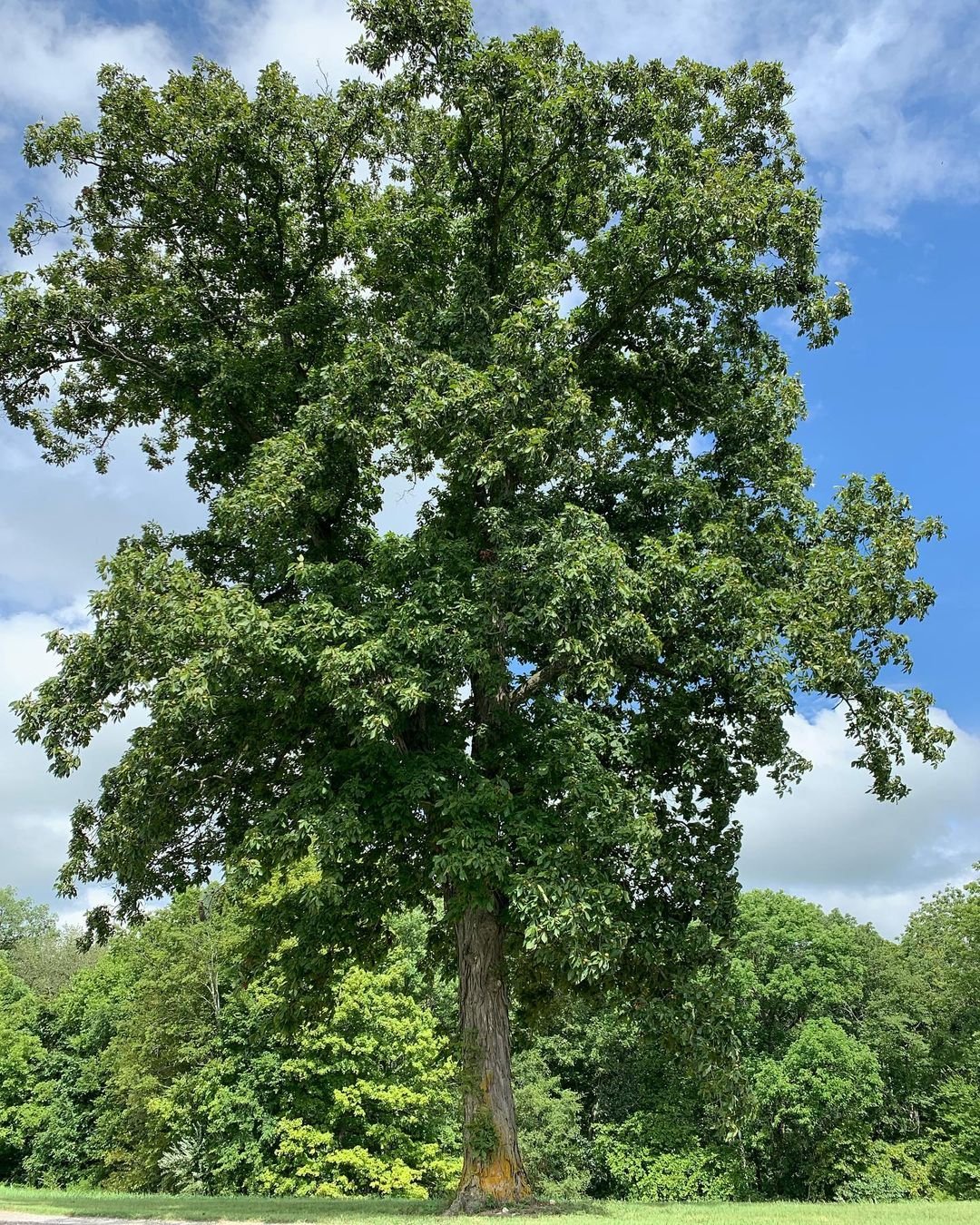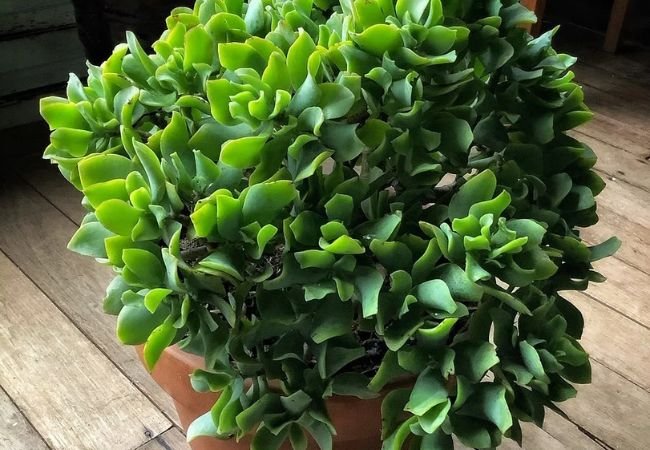Discover why hickory trees don’t grow in Alaska’s subarctic climate. Learn about Alaska’s native trees, climate challenges and potential future changes in tree distribution due to climate shifts.
Hickory trees do not naturally grow in Alaska. The state’s subarctic climate, with its long, harsh winters and short growing seasons, is not suitable for hickory trees, which are native to more temperate regions of North America. While Alaska boasts diverse tree species adapted to its unique conditions, hickory is not among them.
As a dendrologist with over two decades of experience studying tree species distribution across North America, I’m excited to delve into the fascinating topic of tree growth in Alaska, with a specific focus on hickory trees. Let’s explore the factors that determine tree distribution and why certain species, like hickory, are absent from Alaska’s diverse landscapes.
Here’s a concise chart with verified information about hickory trees:
| Feature | Description |
|---|---|
| Scientific Name | Carya spp. |
| Family | |
| Height | 60-100 feet (18-30 meters) depending on species |
| Width | 30-50 feet (9-15 meters) |
| Leaves | Pinnately compound, 5-17 leaflets, 6-10 inches long |
| Bark | Thick, ridged, and grayish-brown; develops furrows |
| Flowers | Monoecious; male catkins and female flowers on the same tree |
| Fruit | Hard-shelled nuts; edible, often sweet |
| Habitat | Prefers well-drained soils; found in mixed hardwood forests |
| Uses | Timber for furniture, flooring, and smoking meat; nuts for food |
| Species Examples | Shagbark Hickory (Carya ovata), Bitternut Hickory (Carya cordiformis), Pignut Hickory (Carya glabra) |
Understanding Hickory Trees

Before we discuss their absence in Alaska, let’s briefly look at hickory trees:
- Family: Juglandaceae (Walnut family)
- Genus: Carya
- Native Range: Eastern and southern United States, parts of Mexico and Asia
- Climate Preference: Temperate deciduous forests with moderate temperatures and ample rainfall
Hickory trees are known for their strong wood, edible nuts, and importance in certain ecosystems. However, their specific needs make them unsuitable for Alaska’s climate.
Alaska’s Climate: A Challenge for Hickory Trees
Alaska’s climate poses several challenges for hickory trees:
- Short Growing Season: Alaska’s growing season is too brief for hickory trees to complete their annual growth cycle.
- Extreme Cold: Winter temperatures in Alaska often drop well below the cold hardiness of hickory trees.
- Permafrost: Much of Alaska’s soil is underlain by permafrost, which hickory root systems are not adapted to handle.
- Lack of Heat Accumulation: Hickory trees require a certain amount of heat accumulation (growing degree days) that Alaska’s climate doesn’t provide.
2024 Update: Recent climate models predict a gradual warming trend in Alaska, but it’s still insufficient for hickory tree survival in the near future.
Native Trees of Alaska
While hickory trees are absent, Alaska boasts a variety of native tree species adapted to its harsh conditions:
- Sitka Spruce (Picea sitchensis): Alaska’s state tree, known for its towering height and adaptability.
- Western Hemlock (Tsuga heterophylla): A shade-tolerant conifer common in coastal forests.
- Black Spruce (Picea mariana): Well-adapted to permafrost and poor soil conditions.
- Paper Birch (Betula papyrifera): A deciduous tree known for its distinctive white bark.
- Alaska Yellow Cedar (Callitropsis nootkatensis): Valued for its durable, aromatic wood.
2024 Trend: Increased interest in native Alaskan trees for landscaping and reforestation projects due to their resilience to local conditions.
Could Climate Change Bring Hickory Trees to Alaska?
As global temperatures rise, there’s speculation about potential shifts in tree species distribution:
- Gradual Northward Migration: Some tree species are slowly moving northward, but this process is very slow for trees.
- Microclimates: Certain protected areas might become more suitable for less cold-hardy species over time.
- Human Intervention: There’s potential for creating managed environments where non-native species like hickory could survive with protection.
2024 Research: Studies are ongoing to model potential changes in Alaska’s forest composition over the next century due to climate change.
Alternatives to Hickory in Alaska
For those interested in trees with similar characteristics to hickory, consider these Alaskan natives:
- Alaskan Birch (Betula neoalaskana): Provides hard wood and can be tapped for syrup.
- Balsam Poplar (Populus balsamifera): Fast-growing with aromatic buds.
- Mountain Alder (Alnus incana): Nitrogen-fixing tree important for soil health.
Pro Tip: When landscaping in Alaska, always prioritize native species that are well-adapted to local conditions.
Conservation and Forest Management in Alaska
Understanding tree distribution is crucial for conservation efforts:
- Monitoring Changes: Scientists closely watch for shifts in tree line and species composition.
- Invasive Species Management: Warming temperatures could allow new invasive species to establish.
- Reforestation Efforts: Focus on planting native species resilient to changing conditions.
- Wildlife Habitat Preservation: Maintaining diverse forest ecosystems is crucial for wildlife.
2024 Initiative: New citizen science programs are engaging Alaskans in monitoring forest health and tree species distribution.
Embracing Alaska’s Unique Forest Ecosystems
While hickory trees may not call Alaska home, the state’s forests are a testament to the resilience and adaptability of plant life. From the towering Sitka spruce to the hardy black spruce, Alaska’s trees have evolved to thrive in some of the most challenging conditions on Earth.
As we face a future of climate uncertainty, understanding and preserving these unique ecosystems becomes more important than ever. Whether you’re a forestry professional, a nature enthusiast, or simply curious about tree distribution, Alaska’s forests offer a fascinating glimpse into the intricate relationship between plants and their environment.
For more information on Alaska’s forests and ongoing research, visit the USDA Forest Service – Alaska Region website or contact the University of Alaska Fairbanks Cooperative Extension Service. Remember, every tree tells a story of adaptation and survival – even in the absence of familiar species like hickory.
For more gardening tips and plant care guides, visit https://usagardenweb.com/







Leave a Reply